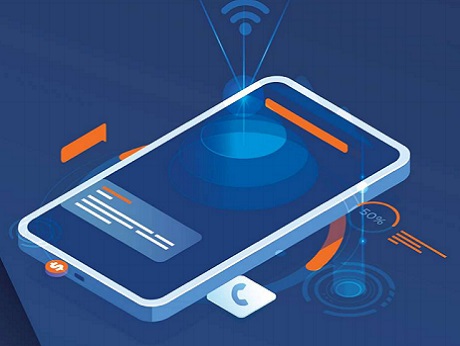
New Delhi, February 19, 2020: India’s local UPI (Unified Payments Interface) platform crossed the one billion (1000 million) user mark in October 2019, making it one of the fastest adopted payment gateways in the world, leading to a massive rise in social commerce.
This is one of the key findings of the third edition of ‘Mobile Marketing Ecosystem Report 2020’ released by global mobile trade body Mobile Marketing Association India (MMA India)
This year’s theme for the report: how mobile is a bigger platform than digital platforms. The report also delves deep into various trends impacting consumers and marketers, and highlights reasons why it’s necessary to go beyond the traditional realms of digital marketing to drive business and brand outcomes. It analyses where mobile marketing stands today, what has led us here and what the future holds. Marketing to a generation of mobile users in the most effective way is only possible with a true understanding of these users and the platforms they so ubiquitously utilise.
Says Moneka Khurana, Country Head, MMA India: “Considering the importance that mobile marketing holds for brands, marketers must be armed with the information on the trends and changes in the landscape and leverage the opportunities they provide. With the ecosystem report, our aim is to highlight these trends and opportunities, some of which have already become active in 2019 and will likely form vital elements of mobile marketing campaigns in the coming years. It is our hope that this report acts as a guide for marketers, highlighting the key focus areas, their challenges, and helping them to decipher what they must expect from this ever-changing mobile ecosystem”
Other highlights from the report:
Ephemeral Content: Ephemeral content is a rich media format which disappears after a short duration. Due to its temporal nature, ephemeral content forces creator to be more spontaneous and thus increases the likelihood of the content being authentic.
AI: About 80 % of large corporate giants have adopted some or the other form of machine learning in building new competent systems, complementing their core business.
Gaming: There are approximately 250 million mobile gamers in India, spending about 60 minutes every day playing mobile games.
OTT: With more than 30 Over The Top players and 10 music streaming apps in existence catering to various entertainment and media demands, Indians are prone to consuming content across an array of digital formats and platforms.
Original Content on OTT: OTT players are estimated to make hefty investments of approximately INR 2.5 billion for content creation as well as distribution.
Influencer Driven Content: Marketers believe that influencer marketing helps them engage with customer in an interactive way and thus 80% of them would increase ad spend next year.
Video: With attention spans of consumers being short, short-format advertising content is key. Currently, India is the sixth largest market in consumption of video ads.
Vernacular: 90% of new internet users over the next five years are expected to prefer regional languages to access the internet.
Voice: 25% of search queries in India are through voice commands. 38% of consumers who have engaged with voice ads find it less interfering as compared to other forms of advertising.
MarTech: Applying Customer Relations Management to programmatic ad buying, automation and artificial intelligence are making the advertising process more efficient. Nearly 80% of large corporates have adopted machine learning in some form; 30% of new-gen start-ups
Measurement Metrics: The key metrics that matter to business are output metrics, Brand and Sales metric. Very often, advertisers measure input metrics as a way to quantify or metricize their advertising efforts. While these metrics are important to ensure hygiene and efficiency of campaign input, these are not output metrics that ultimately matter to business growth.
For India mobile numbers and Internet statistics, see Image of the Day